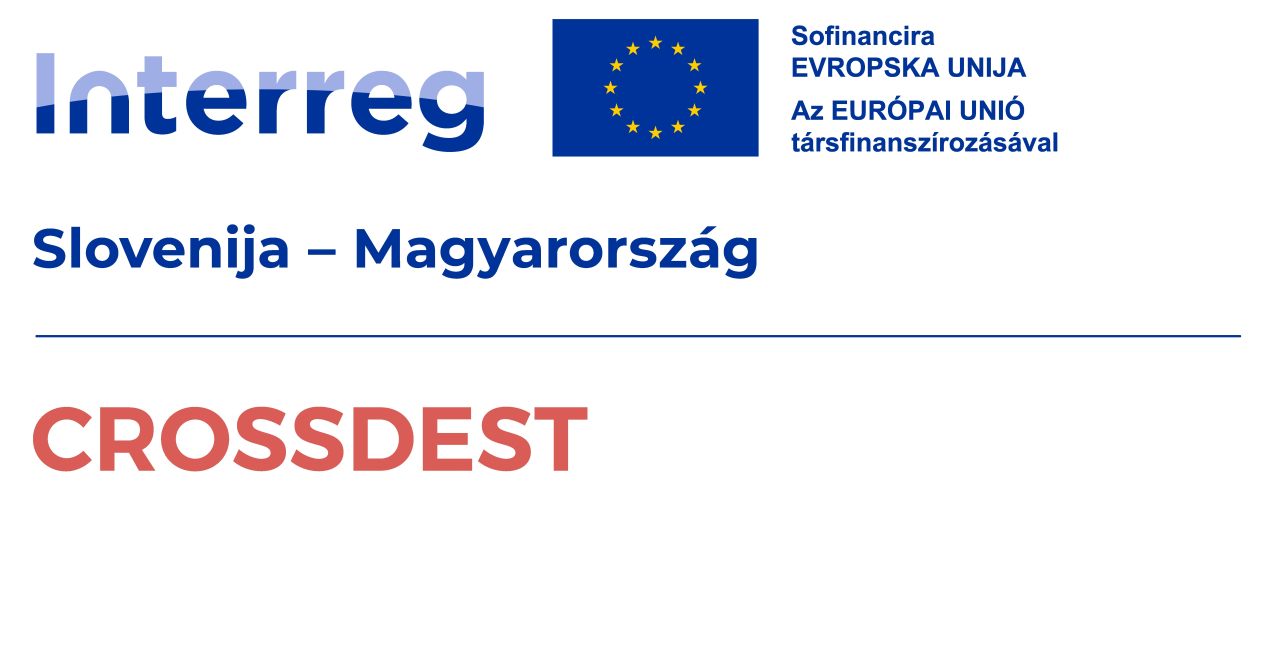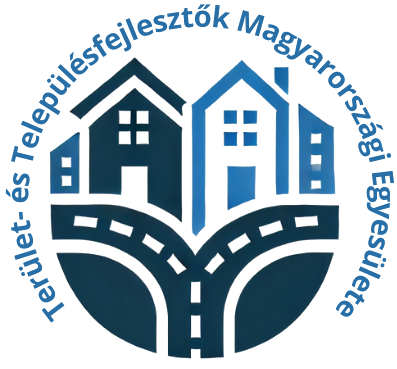Hargita megye
1. Geographical and Cultural Background Harghita County is located in the heart of Romania, in the Eastern Carpathians, within the historical region of Transylvania. It is predominantly a rural area, characterised by a strong Székely-Hungarian ethnic presence, which shapes the region's traditions, architecture, language, and culture of hospitality. With its extensive forests, mineral springs, volcanic formations, and rich folk and religious traditions, Harghita is an attractive destination year-round for those interested in cultural tourism, wellness, and active recreation. The county seat is Miercurea Ciuc. Other notable towns include Odorheiu Secuiesc, Gheorgheni, Toplița, and Cristuru Secuiesc. 2. Natural Values and Protected Areas Harghita County's landscape and ecological character are shaped by volcanic mountain ranges and high-altitude basins, offering a rich and diverse natural environment. The county is home to rare geological formations, unique peat bogs, caves, and picturesque gorges. These natural treasures provide a favourable habitat for large wildlife species such as brown bears, wolves, lynxes, and deer, contributing to the region's biodiversity. Highlighted protected natural attractions: • Lake Saint Anne • Mohos Peat Bog • Bicaz Gorge and Red Lake • Vargyas Gorge • Nagy-Hagymás and Egyeskő • Sugó Cave • Jézer Lake Nature Reserve (Călimani Mountains) • Lucs Peat Bog • Sólyomkő • Borzont Birch Forest • Fenyőkút Peat Bog The county features numerous protected areas, including several Natura 2000 sites, which help preserve biodiversity. These areas offer ideal conditions for eco-tourism activities such as: • wildlife watching and nature photography • birdwatching • botanical and geological tours • environmental education trails Thanks to its unique natural heritage, Harghita County is a key destination for sustainable tourism, attracting travellers and researchers interested in nature. 3. Cultural, Religious, and Heritage Tourism The Székely heritage offers a wealth of intangible and tangible cultural values. Visitors can encounter: • fortified churches • castles and manor houses • traditional Székely gates, peasant houses, and open-air museums • craftsmanship and folk traditions Harghita County is also a prominent destination for religious and pilgrimage tourism. The Pentecost pilgrimage to Șumuleu Ciuc attracts tens of thousands annually, mainly Catholic pilgrims from Hungary and the Carpathian Basin. Numerous historic churches and chapels are part of thematic religious routes. Local museums and cultural centres showcase the county's history, craftsmanship, and natural heritage. 4. Wellness Tourism Harghita County is renowned for its natural mineral springs, mofettas (dry carbon dioxide gas emissions), and salt therapy opportunities, which form the foundation of its wellness tourism offerings. Key destinations: • Băile Tușnad – a spa town with mofettas and wellness centres • Borsec – a famous spa resort with the new Fontana Borsec wellness centre (pools, saunas, salt chamber, mofetta) • Various rural spas and mofettas 5. Active and Adventure Tourism Harghita County offers year-round opportunities for active recreation, especially for nature and outdoor sports enthusiasts. Summer activities: • hiking and walking trails • mountain biking, trail running, nature photography • kayaking and canoeing • via ferrata routes • canyoning, alpine coasters, paragliding • horseback riding, off-road trips Winter activities: • skiing and snowboarding • cross-country skiing, winter hiking • ice climbing, snowshoeing, dog sledding, and snowmobiling • natural ice rinks and sledging slopes These activities are often provided by certified guides and are available as part of local tourism packages. 6. Family and Educational Tourism Harghita County is increasingly popular as a destination for family tourism and educational trips, thanks to its diverse tourism offerings and the special attention service providers give to families. The region's interactive, accessible, and experience-based attractions are ideal for school trips, nature education, and intergenerational activities. 7. Infrastructure and Accessibility Transport • Roads: National roads (DN) connect the region to Brașov, Mureș, and Neamț counties. Secondary roads vary in condition but provide access to tourist attractions. • Rail: CFR offers direct rail connections to Miercurea Ciuc from Bucharest, Brașov, and Cluj-Napoca, as well as regional services to many rural settlements. • Air: The nearest international airports are in Brașov, Târgu Mureș, and Bacău, approximately 1.5–3 hours by car. Accommodation The county offers a variety of accommodation options: • hotels and resorts • cosy guesthouses and family-run inns • rural chalets • campsites and agritourism units Tourism Services • tourist information centres in major towns • the Visit Harghita app and website (visitharghita.com) provide bilingual information, event listings, and recommendations for accommodation and attractions • local travel agencies and guides offer organised programmes and equipment rental
Arrival
- Walk
- Bike
- Bus (rented for the trip)
- Car
- Horseback
- Electric bicycle
- Paddling (kayak, canoe, boat)
- Public bus transportation
- Motorcycle
Sights, programs
AllAccommodations
What will you find here?
-
Accommodations
-
-
Székely Calvary and Ugron Chapel
Szejkefürdő Mineral Water Museum
Szejkefürdő Mineral Water Museum
Kováts Photography Museum
Maroshévíz Folk Art Museum
Lázár Castle
Ugron Castle
Straw Hat Museum
Mikó Castle
Mohos Peat Bog
Lake Saint Anne
Székely Border Guard Memorial Centre
Roman Catholic Church of Csíkkozmás (Church of Saints Cosmas and Damian)
Church of the Pilgrimage of Csíksomlyó
Korond Snail Hill
-
Activities
-
Event venues
Public transport
- railway
- bus
Parking information
- Free outdoor parking available
- Paid parking available
- Free bus parking available
- Electric car charging available (paid)
- Paid bus parking available
Sustainability level
Topic 1: Destination Management 64%
- Visitor management: 70%
- Commitment and organization: 100%
- Design & development: 25%
- Monitoring and reporting: 25%
- Legal and ethical compliance: 100%
Topic 2: Nature and landscape 95%
- Nature and wildlife protection: 100%
- Nature and conservation: 90%
Topic 3: Environment and climate 61%
- Land use and pollution: 100%
- Water management: 50%
- Energy, sustainable mobility and climate change: 57%
- Adaptation to climate change: 50%
- Waste and recycling: 50%
Topic 4: Culture and traditions 100%
- Cultural heritage: 100%
- People and traditions: 100%
Topic 5: Social Welfare 65%
- Health and safety: 50%
- Local economy: 80%
- Socio-economic impacts: 50%
- Community participation: 75%
- Human dignity: 71%
Topic 6: Business and Communication 89%
- Business participation: 78%
- Information and marketing: 100%



















